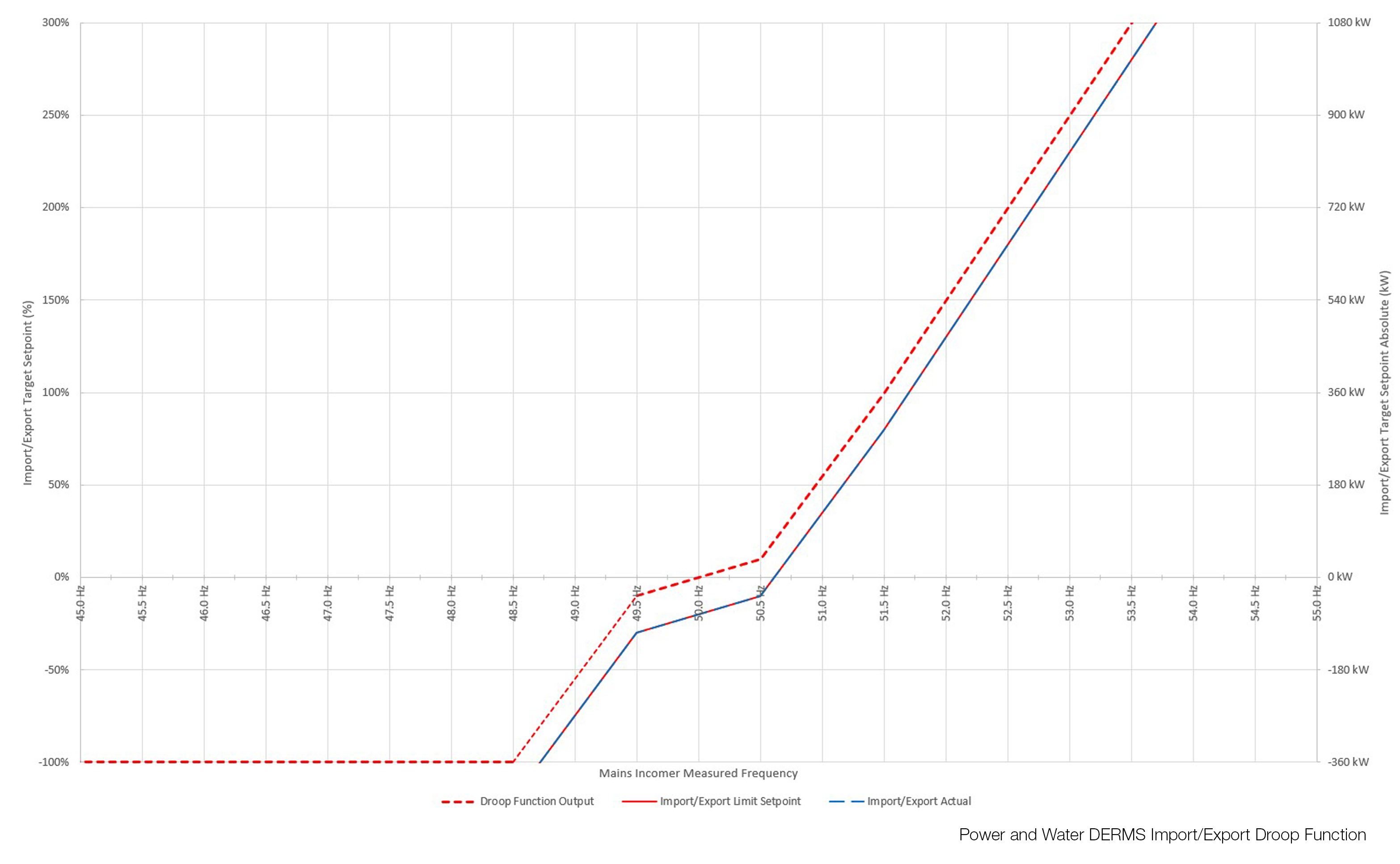You need an account to access this content
Create a free account and get access to all downloads and more!

Case Study
28 Aug 2023
5 min read
Power and Water Corporation (Power and Water) is the electrical utility in the Northern Territory in Australia and the market operator, providing system control functions in the regulated networks, as well as generation and retail in the unregulated networks.
The Alice Springs power system is facing a number of complex challenges due to increased amount of “invisible” renewable energy penetration arising primarily from behind-the-meter solar.
The rapidly shrinking minimum daytime net demand makes it difficult for Power and Water to manage system stability and security, and it will only become more problematic as more behind-the-meter solar is integrated into the network. Alice Springs, as a small, isolated network is facing challenges sooner than many other grids due to limited daytime load and no interconnections to allow export from the Alice Springs power system. The stopgap solution to managing these issues has been that PV export has been limited or denied to existing and new commercial installations, though with limited effect as the large majority of systems are small residential scale (<10 kW).
ComAp has developed a key functional control component of a Distributed Energy Resource Management System (DERMS) solution in collaboration with Power and Water.
The ComAp solution provides Power and Water with the real time onsite information to better manage the power system.
Firstly, it gives Power and Water System Control visibility of this previously invisible negative load coming from behind-the-meter solar systems. It then allows Power and Water to dynamically control onsite renewables prior to the power becoming unsecure, by allowing export when conditions are suitable (such as sufficient system demand) and reducing export/forcing minimum import when conditions are unsuitable (low system demand or high load/generation variability).
This solution also brings significant benefits to customers who previously had, or new connections that would have had, their PV export always limited to zero. These systems can now be permitted export into the Alice Springs power system when conditions allow and only curtailed when needed. In many cases this allows customers to negotiate a feed-in-tarrif with their electricity retailer and access additional financial benefit not previously available.
The control architecture that ComAp has implemented is based on real time local control with remote management and tuning of key parameters. This solution combines high speed, high availability control loops with simple and reliable remote management. Some of the key control functions implemented include:
1: Closed loop (PID) control of the site import/export target, by monitoring the real power import through the site mains incomer and dynamically adjusting the solar inverter real power limit to maintain this limit.

2: Dynamic adjustment (P-f droop) of the site import/export PID target based on real time frequency measurement at site mains incomer. Two stages of droop response are implemented – a regulation band where bandwidth and nominal slope can be set and a steeper contingency band for excusions beyond the regulation band.
3: Closed loop (PID) voltage control of the site mains incomer voltage by monitoring the the site mains incomer voltage and dynamically adjusting the solar inverter reactive power setpoint to maintain the target voltage.
4: Dynamic control of the rate-of-change at which the renewable generation is ramped. This includes both within a particular control function but also on any remote setpoint change/update and through any control mode transition such as loss of comms fallback, function enable/disable etc. These ramp rate limits apply to both real and reactive power setpoints, ensuring that operational stability is maintained at all times.
5: End-to-end heartbeat monitoring between 3rd party services via ComAp WebSupervisor REST API to individual generation units, with failsafe fallback behaviour implemented at each level.
All of this functionality will allow for improved system stability and security, improved performance of customer’s solar assets, increased hosting capacity and overall a higher renewable energy contribution into the Alice Springs power system, contributing to achieving the Northern Territory Government’s renewable energy targets.
The solution was pre-tested in house at ComAp and then delivered to Power and Water ready for site installation. The site installation and remote commissioning was completed and the system operational in less than one day. The system has provided full availability and expected response thereafter. Updates to functionality—correctly change managed—can be made at any time via ComAp’s secure remote commissioning facility.
ComAp have developed a project checklist for Power and Water to quickly provide all required technical data in a common format as well as a standardised programming and commissioning environment. These optimisations allow for simple and rapid deployment of a standardised but flexible edge control solution.
ComAp’s comprehensive knowledge of power systems and capability to deliver an advanced control system using minimal onsite hardware and a web based service has exceeded our expectations and helped to evolve our thinking. While other potential solutions we evaluated are still figuring out how to adjust active power, this solution is providing highly configurable frequency and voltage services in addition, all while catering for all conceived contingencies and fail-states. The potential this solution has to change how we integrate our renewable energy customers, while improving their outcomes, is exciting and we look forward to continuing on this path of innovation.